Why Long-Form Content Matters Today
When it comes to content marketing, terms like ‘long-form’ and ‘short-form’ content are mentioned regularly, but unless you are familiar with content writing terminology, you may not understand what they refer to.
Infoserve is here to bust the myth of marketing jargon and explain exactly what long-form content is and why it matters today.
What is long-form content?
Long-form content is written content that describes a specialist subject in depth. The ideal length of long-form content will differ depending on who you ask, but according to Hubspot, long-form content is typically between 1,000-7,500 words long.
Its purpose is to provide valuable information to your customer.
Long-form content can take the form of:
- White papers
- Case studies
- E-books
- Downloadable guides
- An in-depth blog article
Long-form vs short form content
Short form content differs from long-form content because it is usually less than 1000 words in length. Short form copy can apply itself across all forms of marketing including blog posts, social media posts, emails and even print and digital advertising.
Why is long-form content important?
You may have heard the phrase ‘content is king’ coined by Bill Gates in 1996, and even 26 years on this is still true, possibly even more so. This is because the online world is bursting at the seams with content about every conceivable topic at all times.
In essence, anybody can publish content and at the same time fight each other to be considered the most relevant content within that subject.
So, how do you make your content the most valuable, engaging and interesting resource out there?
It’s simple: you create in-depth, long-form content that is unique, detailed and highly relevant to your customer.
Long-form content can:
- Position you as an expert in your industry
- Turn highly valuable prospects into customers
- Give you the ability to be specific and explore a topic in depth
- Improve your ranking on Google by increasing time spent on your web page
- Earn you a reputation as a useful source of information
These reasons combined create a brand image that will lead to business growth and brand trust.
How to create long-form content for your business
1/ Start by figuring out where your expertise lies
Make a list of all the reasons why your product/service is valuable to your customer and create a list of topics surrounding this. Are they able to be explored in depth? Would they be received well as a long blog post, white paper or step by step guide?
2/ Set goals for your long-form content
Set SMART (specific, measurable, attainable, realistic, timely) goals that will determine how you plan to market your long-form content and the results you aim to achieve.
3/ Make a plan for your long-form content
Decide how you want to market your long-form content, and then create a plan for its creation and publication.
4/ Optimise your long-form content for SEO
Optimising on-page SEO for your long-form content will have a far greater impact on your website’s rankings.
For example, include opportunities for call to actions (CTAs) at regular intervals throughout the content to boost lead generation; make sure the content is formatted using headings, engaging graphics and page breaks; and, if the content is featured on your website, ensure off-site and technical SEO are up-to-date.
5/ Measure the progress of your long-form content
Once your content is written and published, you’ll need to measure its success. Use analytics tools to determine whether CTAs are functional, see whether your customers are reading the full article and if it is being shared on social media and other websites.
Top tip: Break down long form content into smaller chunks that can be accessed as short form blog or social media content that directs readers to the long-form content. This keeps them on your website longer and makes you look like a helpful and valuable resource.
Don’t know where to start?
Infoserve’s experienced content writers work closely with our SEO team to create highly effective, valuable and customer driven content to help you get found online. This includes monthly blogs in both long and short form, tailored to the specifications of your business.













